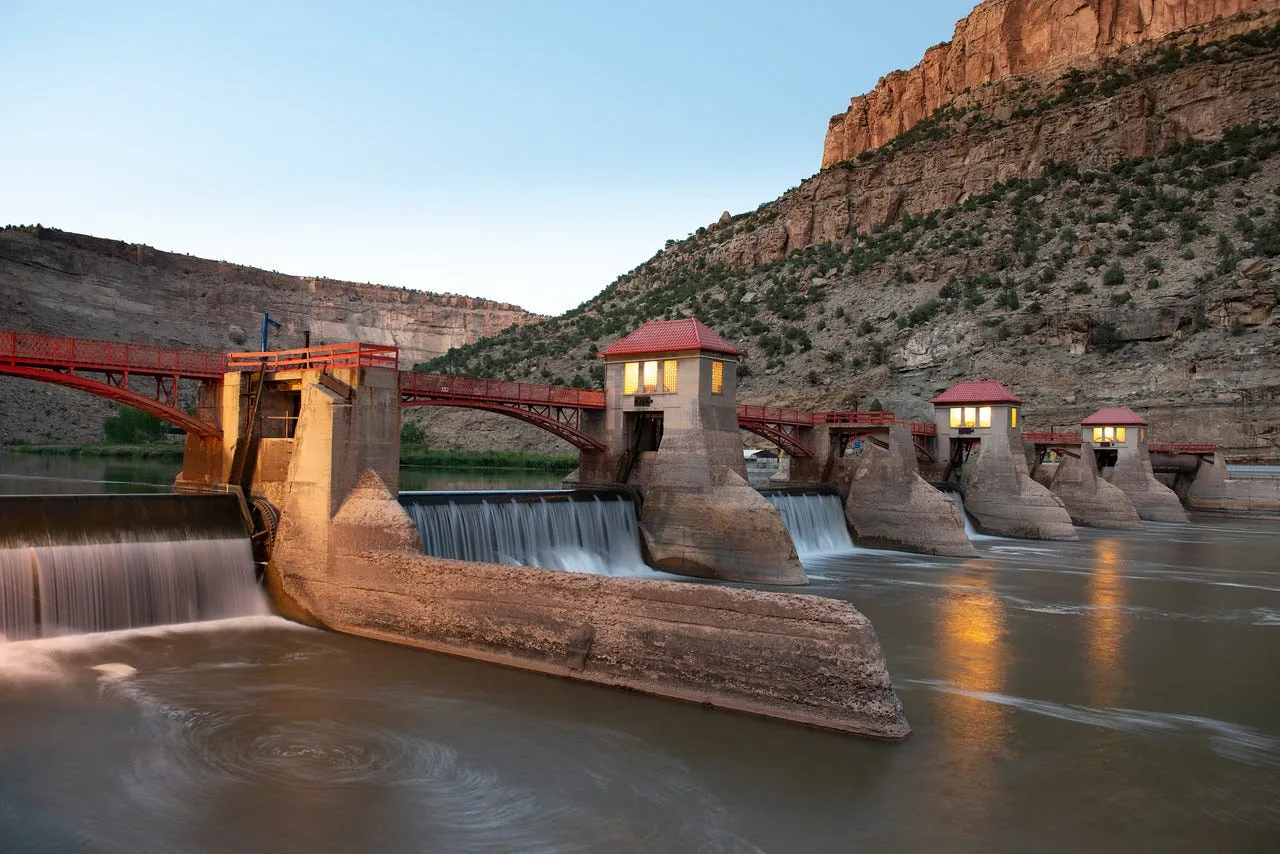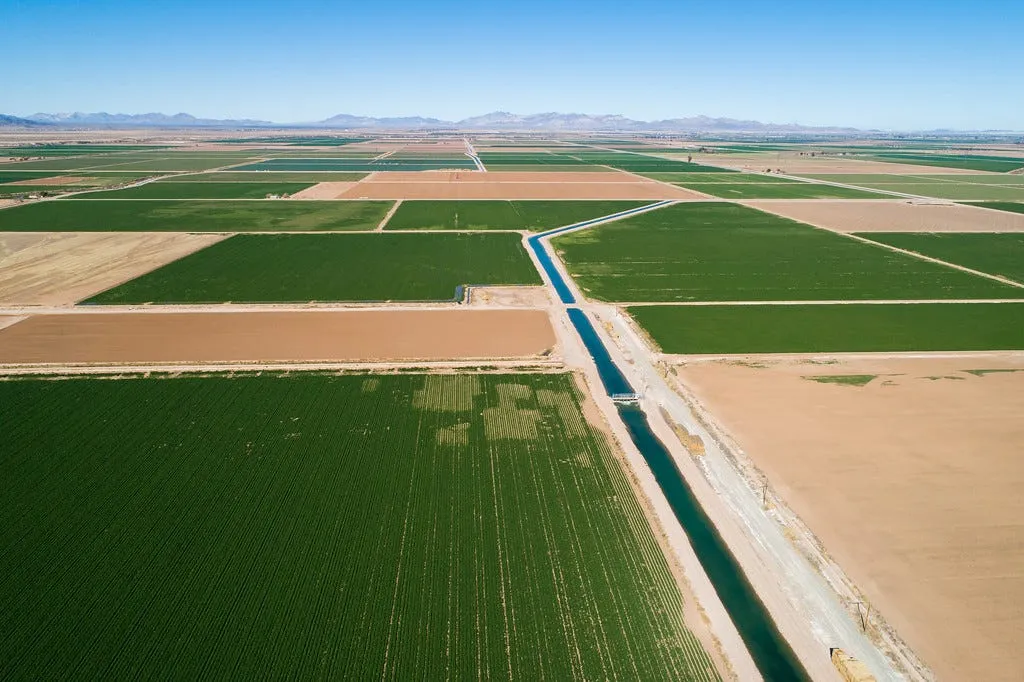Colorado, the Centennial State, calls to adventurers with its majestic Rocky Mountains, vast high plains, and vibrant cities. Planning a trip here promises breathtaking scenery and unforgettable experiences, but the unique environment requires specific preparation. Whether you’re dreaming of hitting the slopes, hiking ancient trails, or exploring dynamic urban centers, having the right Notes When Going To Colorado can make all the difference between a good trip and an extraordinary one. From navigating the altitude to understanding mountain weather, these essential tips will help you make the most of your Colorado journey.
Before you pack your bags, let’s dive into the crucial considerations for a smooth and enjoyable visit. We’ll cover everything from health and safety in the high country to practical tips for getting around and making the most of Colorado’s diverse offerings.
Navigating Altitude: A Key Among Notes When Going to Colorado
One of the most critical notes when going to Colorado is understanding and respecting its high altitude. Many popular destinations, including Denver (the “Mile High City”), mountain towns like Aspen, Breckenridge, and Vail, and vast swaths of the national parks, sit significantly above sea level. This can affect visitors, especially those coming from lower elevations.
Altitude sickness, also known as Acute Mountain Sickness (AMS), can manifest as headaches, nausea, dizziness, fatigue, and shortness of breath. While usually not severe, it can certainly impact your ability to enjoy your trip.
Recognize the Symptoms of Altitude Sickness
Being aware of the signs is the first step. Symptoms typically appear within 12-24 hours of arriving at a high elevation. Mild symptoms include headache, dizziness, fatigue, loss of appetite, nausea, or shortness of breath with exertion. Severe symptoms, while rare, can include confusion, difficulty walking, and fluid buildup in the lungs or brain – these require immediate medical attention.
How to Acclimatize and Minimize Risk
The best way to prevent altitude sickness is to ascend gradually. If flying into Denver (5,280 feet), consider spending a day or two there before heading to higher elevations (above 8,000 feet).
Other vital strategies include:
- Hydrate Generously: Drink plenty of water before and during your trip. Avoid alcohol and caffeine, which can dehydrate you.
- Take it Easy: Avoid strenuous activity on your first day or two at high altitude. Listen to your body and don’t push yourself too hard initially.
- Eat Lightly: Opt for carbohydrate-rich foods and avoid heavy, fatty meals.
- Consider Medication: Over-the-counter pain relievers can help with headaches. In some cases, doctors may prescribe medication like Acetazolamide (Diamox) for prevention, especially for those with a history of altitude sickness or rapid ascent plans. Consult your doctor beforehand.
- Avoid Smoking: This can exacerbate symptoms.
Remember, altitude affects everyone differently, regardless of fitness level. Taking these precautions is a key part of your notes when going to Colorado.
Discover the Best of What to Do in Downtown Denver – Your Ultimate Guide
Discover the Best Brunch in Denver – A Local’s Guide
Top 10 Places to Visit in Nevada with Family for an Epic Trip
 Essential notes when going to Colorado cover image
Essential notes when going to Colorado cover image
Packing Smart: Layers Are Your Best Friend
Colorado weather can be notoriously unpredictable, especially in the mountains. Temperatures can swing dramatically within a single day, and conditions can change rapidly from sunshine to snow showers, even in summer at high elevations. This makes strategic packing an essential part of your notes when going to Colorado.
The golden rule for packing for Colorado is layering. Bring clothing items that can be easily added or removed to adapt to changing temperatures and conditions.
Sun Protection at High Altitude is Crucial
At higher altitudes, the air is thinner and filters less UV radiation. This means the sun is significantly stronger, even on cloudy days or in winter with snow reflection. Sunburn and eye damage are real risks. Your packing list must include:
- High SPF sunscreen (apply liberally and often).
- Lip balm with SPF.
- Sunglasses (essential year-round).
- A wide-brimmed hat.
Hydration is Non-Negotiable
We’ve already mentioned hydration for altitude, but it bears repeating as a packing essential. Carry a reusable water bottle or hydration pack and refill it frequently. Dehydration can contribute to altitude sickness and general discomfort.
Other useful items to pack include sturdy hiking boots (even if you don’t plan intense hikes, comfortable footwear is key), rain gear (a waterproof jacket and pants), a warm hat and gloves (even in summer for high mountain excursions), and moisture-wicking base layers.
Getting Around: Driving in Colorado
For most visitors, having a car is the most convenient way to explore Colorado, especially if you plan to visit national parks, mountain towns, or rural areas. However, driving in Colorado, particularly in the mountains and during certain seasons, requires caution and preparedness. Include these driving-related notes when going to Colorado in your plan.
Mountain Roads and Weather Conditions
Colorado’s mountain passes can be steep, winding, and exposed. They can also experience rapidly changing weather, including sudden snowstorms or icy conditions, even outside of winter months.
- Check Road Conditions: Always check the latest road conditions before setting out, especially in the mountains. Websites like COTRIP.org provide real-time information.
- Winter Driving: If visiting between October and May, be prepared for winter driving conditions. This often means needing a vehicle with adequate tires (all-season or snow tires) or chains, especially on I-70 and other mountain highways. Rental car companies may have specific policies or vehicle recommendations for winter travel.
- Fuel Up: Gas stations can be few and far between in remote areas. Fill your tank before heading into the mountains or rural regions.
- Be Aware of Wildlife: Animals, especially deer and elk, are common near roads, particularly at dawn and dusk. Drive cautiously.
Rental Cars vs. Other Options
While a rental car offers flexibility, consider if it’s necessary for your entire trip. If you plan to stay primarily in Denver or a specific mountain town during peak ski season, public transport, shuttles, or ride-sharing might suffice. However, for exploring multiple locations or national parks, a rental car is highly recommended. If visiting in winter, consider renting an All-Wheel Drive (AWD) or Four-Wheel Drive (4WD) vehicle for better traction.
 Understanding altitude is key – notes when going to Colorado
Understanding altitude is key – notes when going to Colorado
Choosing Your Adventure & Timing
Colorado offers a vast array of activities, from world-class skiing and snowboarding in winter to incredible hiking, mountain biking, climbing, and river rafting in warmer months. Your personal interests will dictate your itinerary, but considering the time of year is a crucial part of your notes when going to Colorado.
Seasonal Highlights
- Winter (Dec-Feb): Prime ski and snowboard season. Mountain towns are bustling. Expect cold temperatures and snow.
- Spring (Mar-May): Shoulder season. Can offer late-season skiing or early-season hiking in lower elevations. Weather is highly variable. Wildflowers start blooming later in spring.
- Summer (Jun-Aug): Peak season for hiking, camping, biking, and water sports. Mountain weather is generally mildest, though afternoon thunderstorms are common. Parks are crowded.
- Fall (Sep-Nov): Stunning autumn foliage, especially in the mountains (late Sept/early Oct). Hiking is excellent. Weather cools down, and ski resorts begin preparing for winter.
Popular Regions & What to Do
- Denver & Front Range: Urban culture, museums, breweries, Red Rocks Amphitheatre, access to foothills hiking.
- Rocky Mountain National Park (RMNP): Iconic mountain scenery, hiking trails for all levels, Trail Ridge Road (seasonal). Book timed entry permits! [Plan your RMNP trip][internal_links].
- Central Mountains (Aspen, Vail, Breckenridge, Steamboat Springs): Famous ski resorts, luxury shopping, high-altitude adventures.
- Southern Colorado (Colorado Springs, Pueblo, Mesa Verde): Garden of the Gods, Pikes Peak, ancient Puebloan cliff dwellings at Mesa Verde National Park [Discover the history of Mesa Verde][internal_links].
- Western Slope (Grand Junction, Palisade, Durango): Vineyards and wineries, Colorado National Monument, access to mountain biking trails near Moab, UT.
Aligning your interests with the best time and location is a key part of effective notes when going to Colorado.
Respecting the Environment & Local Culture
Colorado’s natural beauty is its greatest asset, and preserving it is paramount. Practicing responsible tourism is essential for any visitor. Integrating environmental awareness into your notes when going to Colorado benefits everyone.
Leave No Trace Principles
Familiarize yourself with the Leave No Trace principles and apply them rigorously:
- Plan Ahead & Prepare
- Travel & Camp on Durable Surfaces
- Dispose of Waste Properly (Pack it in, pack it out!)
- Leave What You Find
- Minimize Campfire Impacts
- Respect Wildlife
- Be Considerate of Other Visitors
This includes staying on marked trails, not disturbing wildlife or natural features, and properly disposing of all trash.
Engaging with Local Communities
Colorado has a rich history, from its Native American heritage to mining booms and the modern outdoor culture. Engaging with local communities offers a deeper understanding of the state. Visit local museums, support local businesses and restaurants (try a Colorado green chile!), and be mindful of local customs and regulations, especially regarding outdoor recreation and water usage. While the source article focused on water policy, understanding the historical context of water rights and land use can add depth to your experience of the landscape and its communities. [Learn about the history of the Colorado River Basin][internal_links].
 Planning your route – notes when going to Colorado driving tips
Planning your route – notes when going to Colorado driving tips
Additional Notes When Going to Colorado
- Book Ahead: For popular times of year (summer, ski season) and destinations (RMNP, certain hotels), booking accommodations, rental cars, and activity permits well in advance is highly recommended.
- Weather Check: Always check the local weather forecast for your specific destination before heading out each day. Mountain weather can be highly localized.
- Connectivity: Cell service can be spotty in the mountains and remote areas. Download maps and information offline beforehand.
- Emergencies: Know the local emergency number (911) and be aware that response times may be longer in remote locations. Let someone know your hiking itinerary if going into the backcountry.
Conclusion
Traveling to Colorado is an incredible experience, offering everything from exhilarating mountain adventures to enriching cultural discoveries. By paying attention to these essential notes when going to Colorado, you equip yourself with the knowledge needed to navigate its unique challenges and fully embrace its wonders. From acclimatizing to the altitude and packing wisely to driving safely and respecting the environment, preparedness ensures a smoother, more enjoyable, and more meaningful journey. Use these tips to plan your adventure, and get ready to explore the stunning landscapes and vibrant culture of the Centennial State. Have an amazing trip!
Frequently Asked Questions about Visiting Colorado
Q: How long does it take to adjust to the altitude in Colorado?
A: Most people begin to acclimatize within 24-48 hours. It’s best to take it easy for the first day or two, stay hydrated, and avoid strenuous activity or alcohol initially.
Q: Can I drive from Denver to the mountains immediately after flying in?
A: While physically possible, it’s not recommended, especially if you’re planning to stay at a high elevation (above 8,000 feet). Spending a night in Denver (5,280 feet) first helps your body begin to adjust.
Q: What’s the worst time of year to visit Colorado?
A: This depends on your interests. The “mud season” in late spring (April-May) can be challenging in mountain areas as snow melts, trails are wet and muddy, and some services might be limited between ski and summer seasons. However, if you’re staying in cities, this might not be an issue.
Q: Do I need a 4WD vehicle to drive in Colorado?
A: Not necessarily year-round, but it is highly recommended or even required on some mountain roads in winter (October-May). Check road conditions and rental car requirements based on your travel dates and planned routes.
[internal_links]: